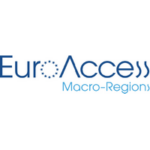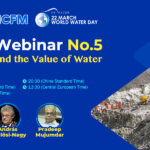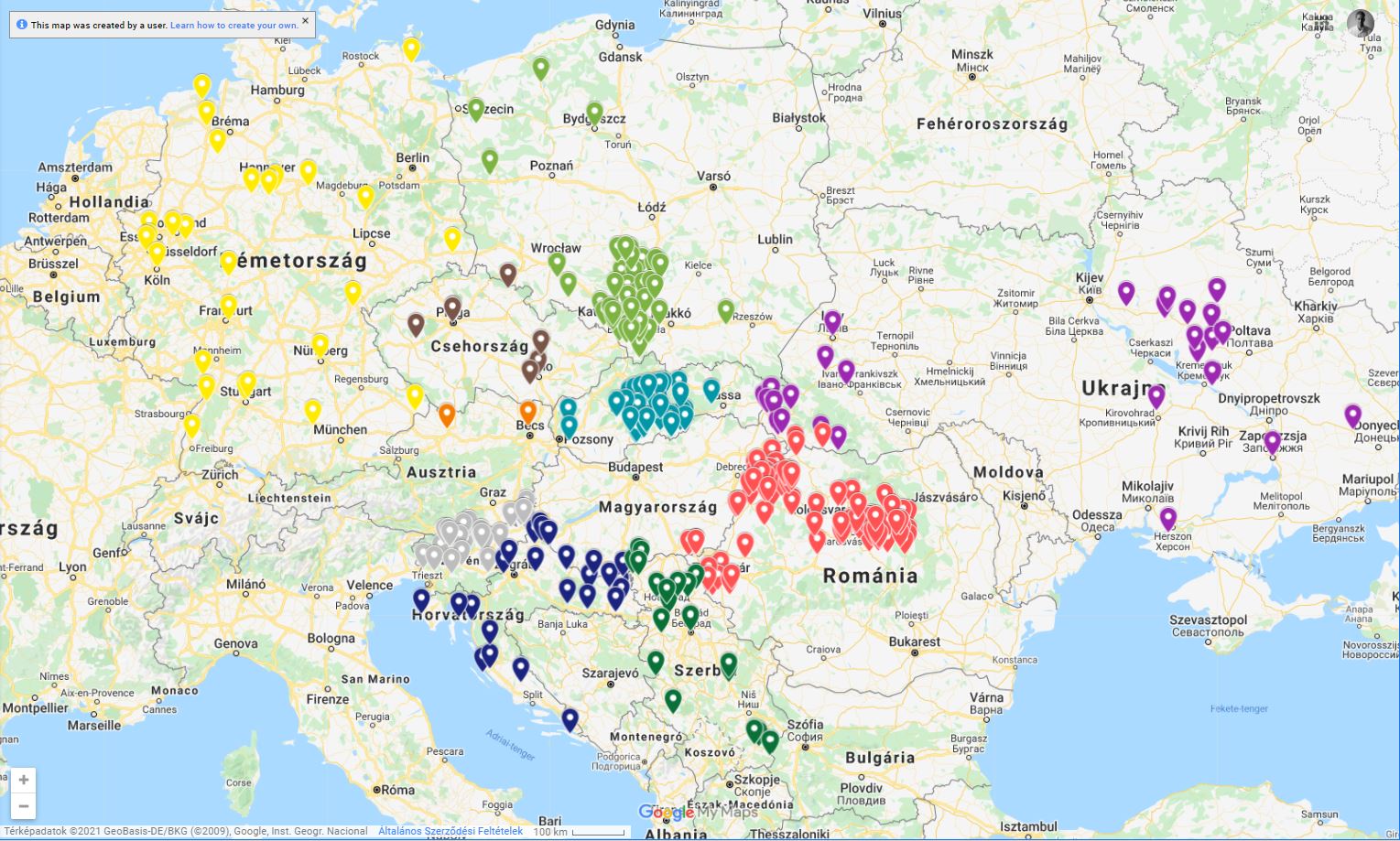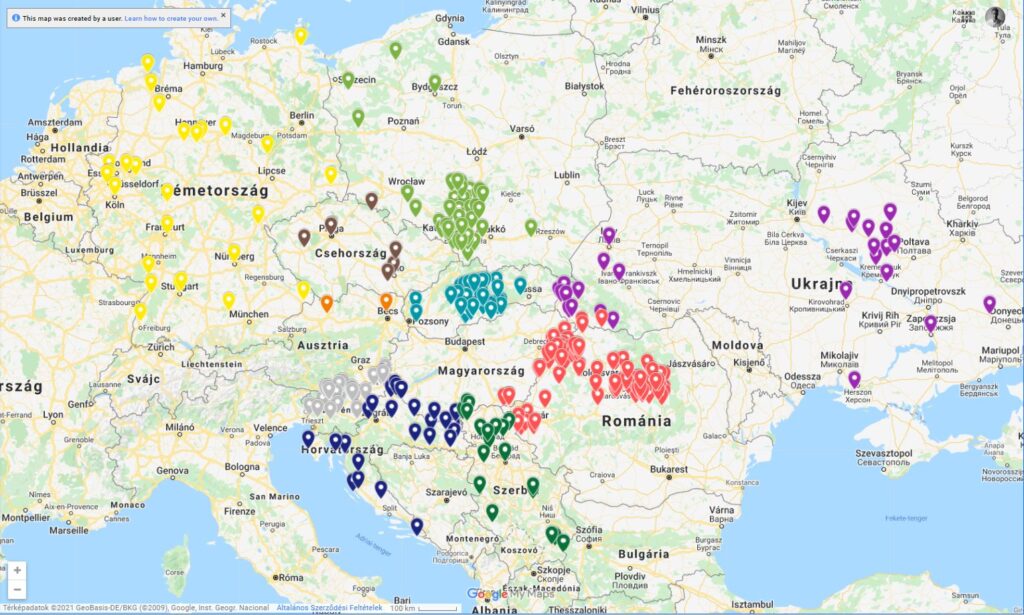Survey on natural water retention measures
Survey on natural water retention measures within the framework of the LIFE-MICACC project (received LoM from EU Strategy for the Danube Region Priority Area 5 – Environmental Risks, hereafter: EUSDR PA5) was conducted between 27th November 2020 and 15th January 2021, involving nine neighboring countries, focusing on municipalities and water experts. By the end of the survey, the Ministry of Interior of Hungary had received almost 400 completed questionnaires. The questionnaires have been sent out to the Steering group members of the EUSDR PA5 and to the International Commission for the Protection of the Danube River’s (ICPDR) relevant experts groups professionals (FP-EG) and the Ministry of Foreign Affairs and Trade sent out the the relevant Hungarian Representations.
The following diagrams summarize the responses received from the countries. The responding municipalities can be found on the following imagine:
You can find the active map here:
https://www.google.com/maps/d/edit?mid=1BIfIHSdFdHS2ckoyQO82zcp4ptm8kYwR&usp=sharing
|
It can be clearly seen in Figure 1 that the survey was mostly completed by small settlements (with less than 5000 and 1000 inhabitants). |

Figure 1. – Responses by the size of the settlement
|
Regarding the frequency of extreme weather events in the municipalities due to climate change, the vast majority of respondents (for all countries) replied that such events occur several times a year, as shown in Figure 2. |

Figure 2. – Frequency of extreme weather events on the municipalities that filled out the survey
|
Regarding what is the biggest (water-related) challenge of the extreme weather events in the settlement, the vast majority of respondents (see Figure 3.) answered that both too little water (water scarcity) and too much water (surplus water) is a serious problem. |

Figure 3. – Both too much and too little water serves as a challenge for the municipalities.
| Regarding the most typical extreme weather event, the respondents’ experiences were divided, as you can see in Figure 4. Most identified drought, flash flood and inland water inundation as the main risk. According to the responses received, the biggest challenge in the Czech Republic, Croatia and Ukraine is drought, in Poland inland water inundation is the most pressing problem, whereas in Slovakia and Slovenia the most burning issue is flash flood, while in Germany flood causes several problems. It is interesting, that according to the responses, for Romania and Serbia, the extremities mentioned above are evenly distributed in proportions. |

Figure 4. – Water-related climatic challenges in the responding settlements
|
The 5th question of the survey inquired about the amount of damage caused by these extreme weather events, expressed in monetary terms, on average (€/year). The following values from each country were indicated by the respondents (on average) |
| Poland | 0-102 million € |
| Germany | 500-10 million € |
| Ukraine | 3000-3 million€ |
| Czech Republic | 5000-500 000 € |
| Slovenia | 15-2 million € |
| Croatia | 10- 5 million € |
| Serbia | 100-1 million € |
| Slovakia | 0-1 million € |
| Romania | 10-20 million € |
Table 5. – Amount of damage expressed in monetary terms (€/year)
|
We also asked the respondents whether they know about natural water retention measures or not, do they use similar ones in their settlement and how much are they interested in such solutions. The responses revealed, as shown in Figure 6-7-8., that typically they have heard of these solutions, but do not apply them in their settlement, although they would be very interested. It is also clear from these responses that there is interest and demand in most of the surrounding municipalities, but they have yet to move towards implementation in terms of practical application. |

Figure 6. – The majority of the respondents have heard about such solutions

Figure 7. – In practice, such solutions are mostly not used

Figure 8. – The majority of the respondents are interested in natural water retentions measures
Summary
In a month and a half approx. 400 people filled out the online survey, which shows a great interest and activity of the surrounding countries in the topic of local adaptation and water retention. In the LIFE-MICACC project, applications for on-site field trips planned for the end of spring/beginning of summer were roughly 15 times higher than planned. Given that we cannot host all interested parties in a face-to-face meeting, we will be organizing a large-scale international online conference on the subject in the second half of 2021.
You can read more about the project here: https://vizmegtartomegoldasok.bm.hu/en

